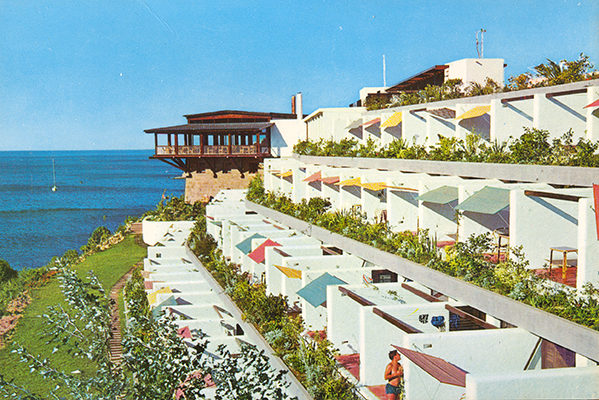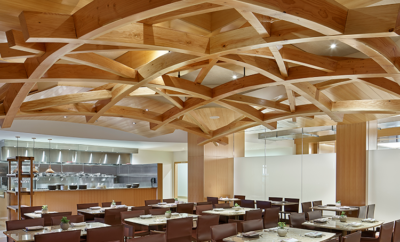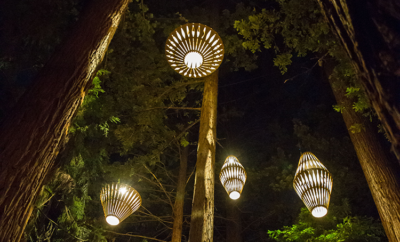 Hotel de la mer, Sesimbra, Portugal. © Atelier de Manuel Tainha.
Hotel de la mer, Sesimbra, Portugal. © Atelier de Manuel Tainha.
Architecture
In Paris, La Cité de l’Architecture displays 50 years of Portugal’s architecture
Portuguese explorers started navigating the world in the 1400s, and the world is now exploring Portugal, most notably the French. French couples are buying flats in Lisbon to spend time there, while major exhibitions in Paris have been celebrating Portuguese artists and architects. The Universalists, 50 Years of Portuguese Architecture at the Cité de l ‘Architecture, housed across the river from the Eiffel Tower, is one show not to miss. But hurry: it runs only until August 29.
Nearly sixty projects are featured, from a vivid 1960s Sagrada Familia church in then-colonial Mozambique to startling 1970s public housing—such as Alvaro Siza’s Bouça project in Porto and Gonçalo Byrne’s Casal das Figuerias outside Lisbon—to Pritzker Prize winners’ projects at home and abroad. Completed in 2011, the same year as his Pritzker, Eduardo Souto de Moura’s concrete Kortrijk Crematorium appears so spare and so humbly rooted in its rural Belgian setting that it almost disappears. Fellow honoree Siza’s category-defying Building on Water, completed in 2014 for Shihlien Chemical in China, illustrates principles of local inspiration, as opposed to modernist formulas, that continue to mark Portuguese architecture.
Visitors to the show are greeted by a 1976 photo of professors from Porto on a visit to Greece, all smiling in bell-bottoms and sandals, including a young Siza and the influential theoretician Fernando Távora. The exhibition then proceeds as a chronological circuit of renderings and photographs. Pritzker winners are mixed alongside dozens of lesser-known talents. Convents, sports arenas, beachfront amenities—Siza’s 1966 “Piscine Das Marés” is getting lots of attention. Interspersed throughout are photos and footage of the upheavals surrounding the 1974 revolution in which dictatorial rule was overthrown, and subsequently colonial possessions were granted independence. In these images, writers, architects, and students are seen denouncing their country’s colonialism, and any subservience to architectural conformity identified as “globalism.”
Long considered marginal and out of sync with wealthier western countries, Portugal’s architecture is now a source of pride.

Exhibition view at Cité de l’architecture & du patrimoine. © Gaston Bergeret.












